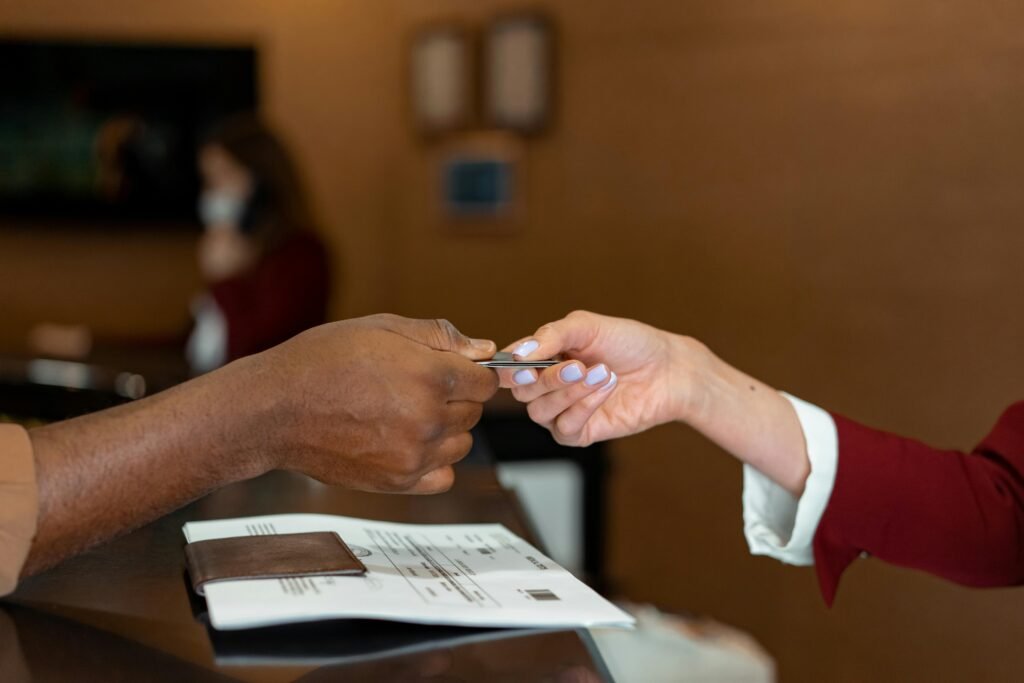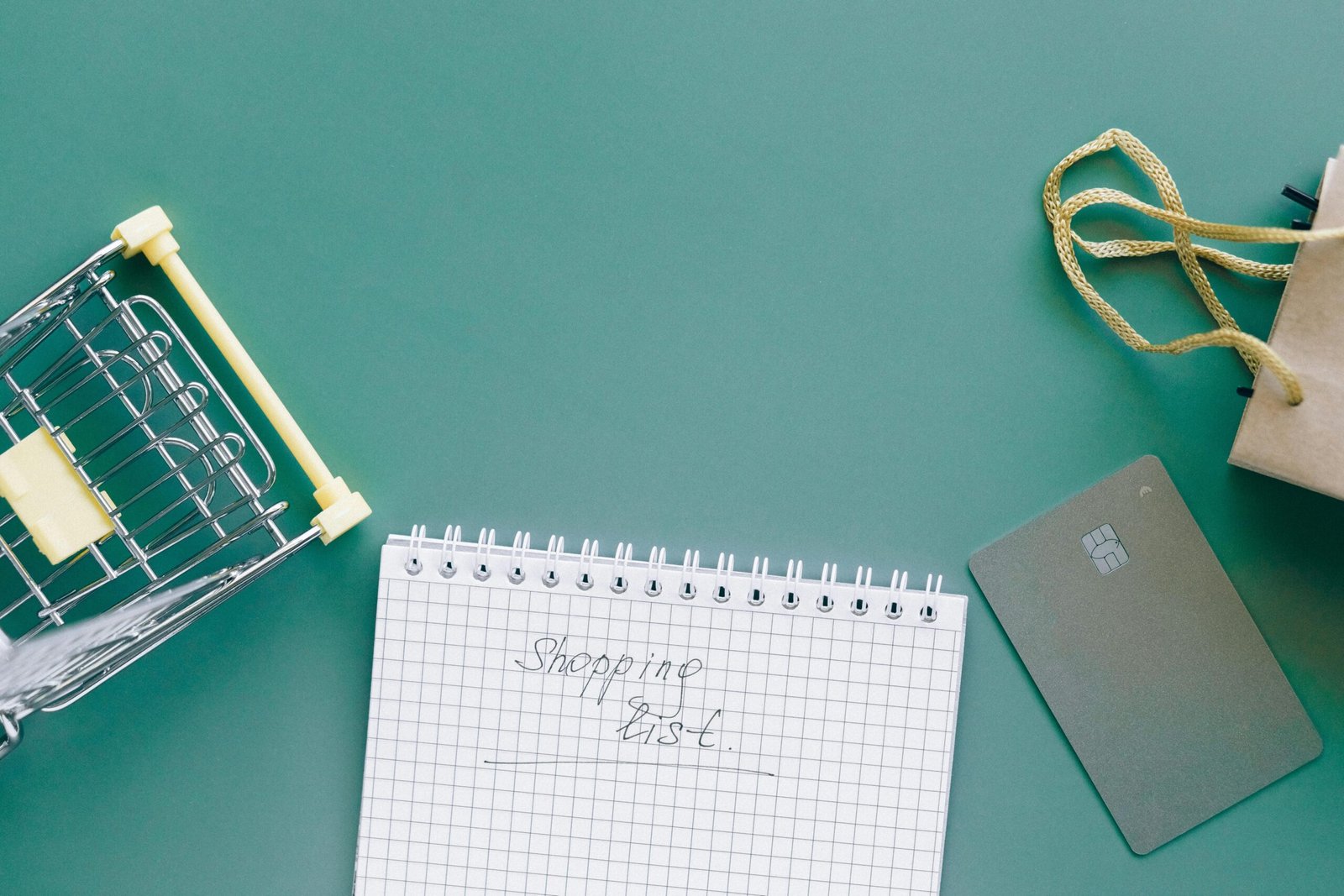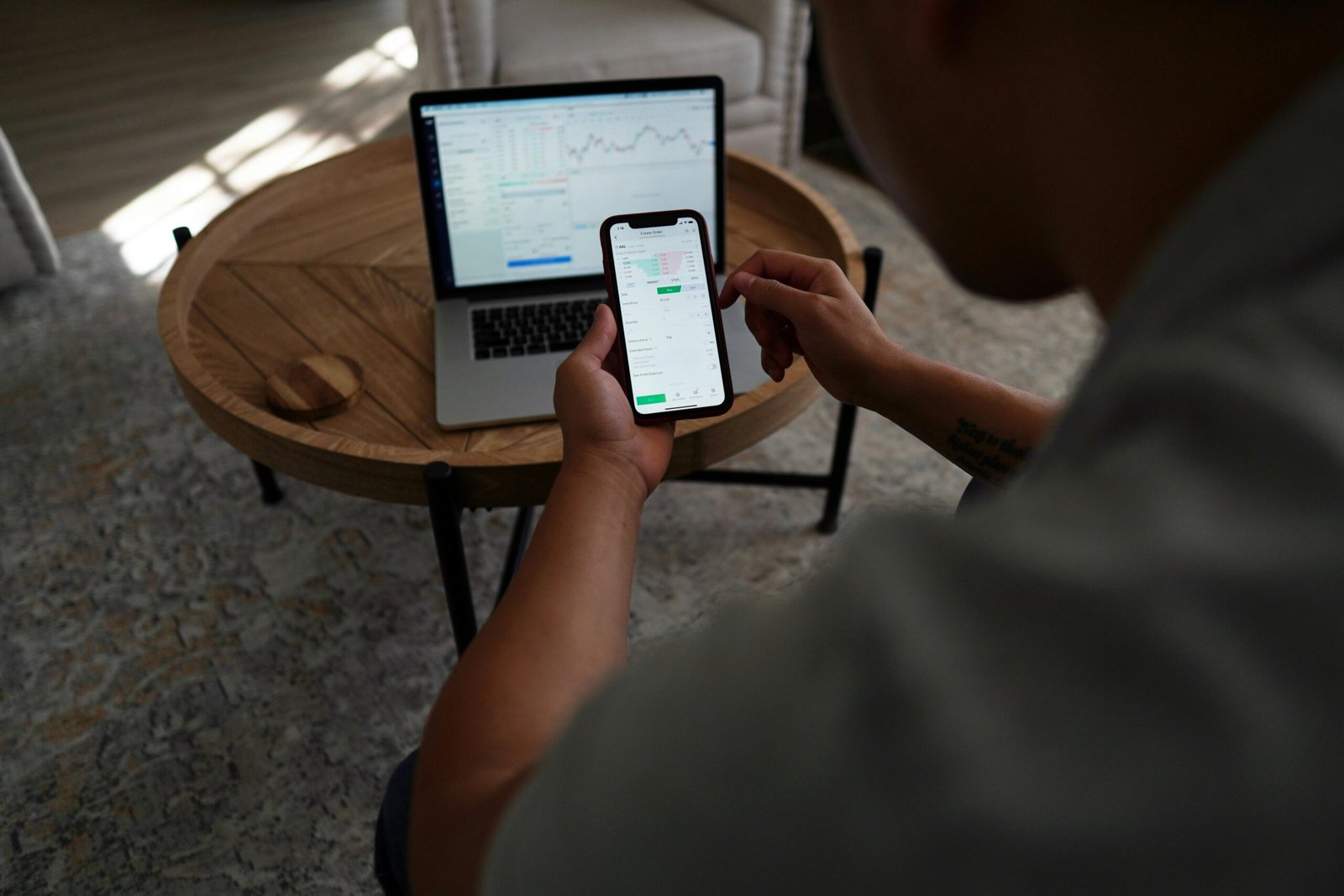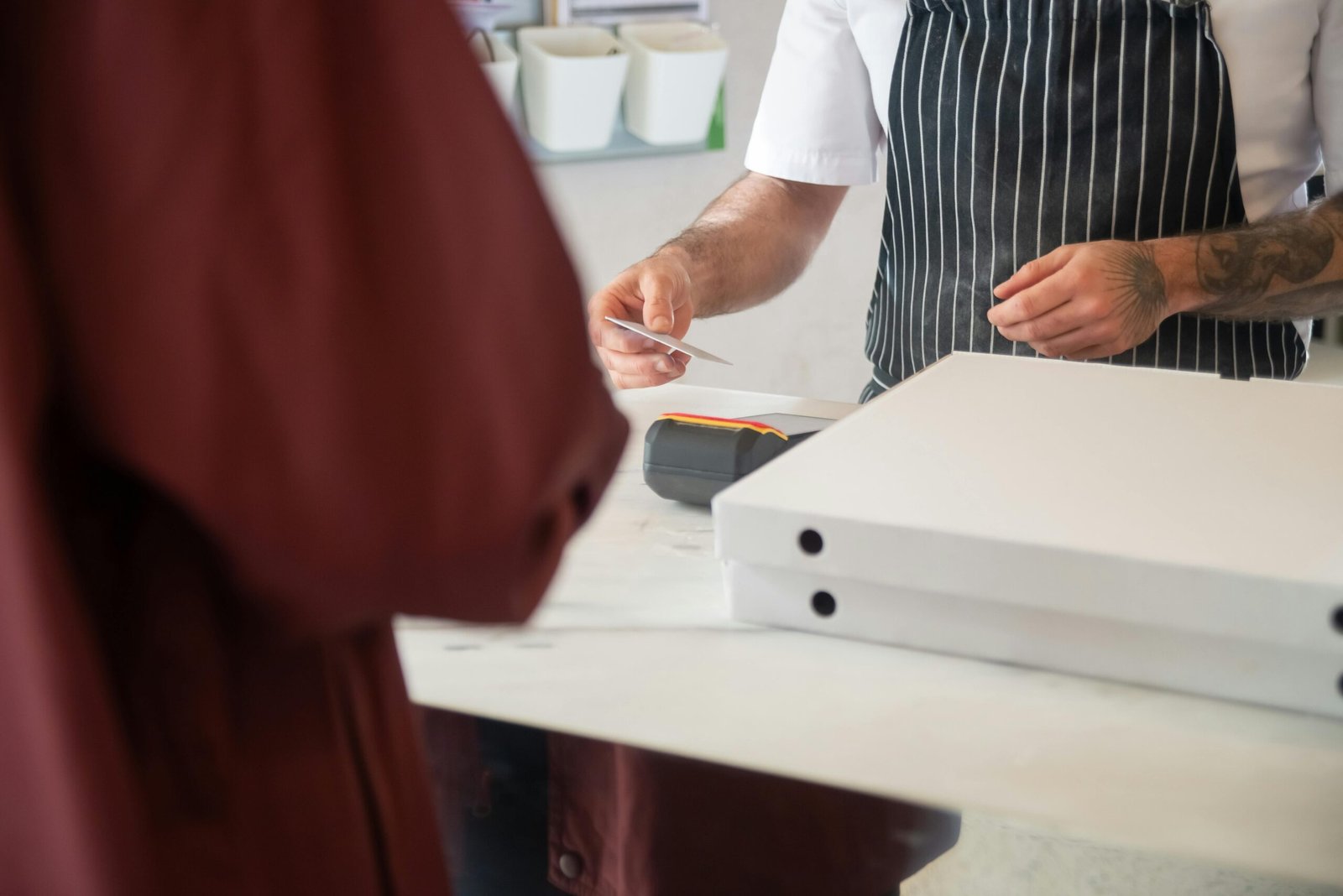The Hidden Financial Psychology of Checkout Pages
At first glance, a checkout web page seems like a simple virtual form—just an area to go into transport information and click on “Buy Now.” But at the back of its easy format and minimum fields lies a complicated net of mental techniques designed to persuade your behavior. From the colours of buttons to the position of upsells, checkout pages are silently guiding your choices in ways you may now not even realize.
In the age of virtual commerce, information the financial psychology of checkout pages is important—now not only for agencies aiming to boost conversions, but additionally for purchasers who need to save smarter and spend extra deliberately.
The Science Behind the Click
Every interplay on a checkout web page is shaped by using behavioral psychology. E-commerce systems make investments closely in reading how people assume, experience, and act for the duration of the final tiers of a buy. That second—while your hand hovers over the “Place Order” button—is in which shops win or lose the sale.
Psychologists have determined that the brain makes most buying choices emotionally before justifying them logically. Checkout pages capitalize in this by means of creating an surroundings that reduces friction, will increase consider, and encourages urgency.
Let’s destroy down the important thing psychological ideas embedded inside the layout of online checkout structures.
- Cognitive Ease and Simplicity
Humans are evidently attracted to experiences that require minimum attempt. The more mentally taxing a checkout feels, the much more likely we’re to abandon it.
That’s why pinnacle-performing checkout pages are often stripped down to the essentials:
Single-page checkouts rather than multi-step forms
Auto-filled fields for returning customers
Minimal distractions—no pointless hyperlinks, menus, or banners
This simplicity creates cognitive ease, making us feel greater assured in our selection. When our brain doesn’t must paintings hard, it assumes the selection ought to be a good one.

- The Power of Progress Bars
You’ve probably visible the ones little indicators: “Step 1 of 2,” “Almost there,” or a loading bar transferring left to right. These aren’t simply visual cues—they’re psychological nudges.
Progress bars trigger our internal motivation to finish duties. Known because the Zeigarnik Effect, we generally tend to keep in mind and feel pushed to complete unfinished movements. By visually displaying progress, checkout pages tap into our innate choice for closure.
3. Anchoring and Price Framing
Anchoring is a pricing method wherein a better-priced item is shown first to make next alternatives appear more low-cost. You may be aware a top class product indexed at $499, followed by means of a similar one at $299. Suddenly, $299 feels like a good buy—even though it’s nonetheless a great quantity.
This is common in:
Add-on gives
Warranty alternatives
“Better cost” bundles
By anchoring your expectancies, checkout pages subtly regulate your belief of fee, making you much more likely to accept upsells or cross-sells.
- Trust Cues and Security Signals
Money is emotional, and so is hazard. At the checkout level, clients experience a spike in tension—what if the website isn’t stable? What if I get scammed?
To soothe this fear, clever checkout pages consist of:
SSL badges
Secure payment icons (Visa, PayPal, Apple Pay)
Customer provider hyperlinks
Reassuring messages like “one hundred% Money-Back Guarantee”
These visual trust cues signal that the brand is credible, reducing purchase hesitation.
- Scarcity and Urgency Triggers
We are stressed out to reply to shortage. Whether it’s a constrained-time offer or low inventory notification, checkout pages use FOMO (worry of lacking out) to force movement.
Phrases like:
“Only 2 left in inventory”
“Offer ends in three hours”
“four human beings are viewing this object proper now”
…spark off our survival instincts, pushing us to finish the acquisition earlier than it’s too past due. These urgency processes are particularly powerful when paired with countdown timers.
- Loss Aversion and Free Shipping Thresholds
People are extra encouraged to avoid losses than to gather gains. This is known as loss aversion, and it’s used skillfully in checkout flows.
For example:
“Spend $11 greater for free transport!”
“Don’t omit out on 10% off—practice your coupon now!”
These prompts make us sense we’re missing some thing if we don’t take extra motion. Ironically, we may also spend extra simply to keep away from a perceived loss—despite the fact that it method shopping for something we don’t need.
- Default Selections and Decision Steering
Most users don’t trade default settings. E-commerce organizations understand this and use pre-decided on options to steer picks.
This includes:
Opt-in bins for extended warranties or donations
Pre-selected delivery upgrades
Automatically applied loyalty factors
These defaults subtly form our behavior, influencing us to spend greater or commit to moves we didn’t absolutely take into account.
8. Social Proof and Reviews at Checkout
Seeing that others have made the equal buy reassures us we’re making a great selection. Social evidence in checkout pages often takes the shape of:
Star rankings
Recent buy pop-ups (“Alex in Chicago simply offered this”)
Mini testimonials
This herd conduct faucets into our need for belonging and safety, easing tension and increasing conversion prices.
9. Mobile Optimization: Psychology of the Thumb
With mobile commerce dominating, checkout pages are designed for thumb-first interplay. Mobile checkouts simplify picks, disguise less essential information, and use massive name-to-action buttons.
This reduction in effort additionally lowers the intellectual barriers to spending. Add to that Apple Pay or Google Pay, which require almost no cognitive load, and purchases come to be almost reflexive.
- Post-Purchase Rationalization
Even after hitting “purchase,” the psychological dance isn’t over. Checkout confirmations frequently include:
A “Thank You” page with upsells
Positive reinforcement (“Great choice!” or “You simply stored $15!”)
Order tracking with visuals to create excitement
This allows users justify their decision, lowering consumer’s regret and growing repeat purchases.
The Hidden Cost of Smart Design
All of this provides up to 1 simple fact: checkout pages are constructed to make you spend.
They’re now not manipulative in a sinister way—they’re optimized. But when you recognize the psychology at the back of the design, you can make extra aware financial alternatives.
Before clicking “Place Order,” ask yourself:
Am I reacting to urgency, or do I truly need this?
Would I still buy this if the upsell didn’t exist?
Is the “free shipping” pushing me to overspend?
Awareness is your best monetary defense.
How Businesses Can Use Psychology Ethically
If you run an e-trade commercial enterprise, expertise financial psychology isn’t approximately tricking human beings—it’s about creating a smoother, more trusted experience.
Use psychology to:
Remove barriers to buying, not manage emotion
Build trust with transparency and clean go back guidelines
Support considerate purchases, no longer make the most FOMO
When used ethically, these standards improve each conversions and consumer pleasure.
Final Thoughts: Mind Over Marketing
Checkout pages are the end line of virtual commerce—but they’re additionally mental battlegrounds. Every element, from font to phrasing, has been tested to manual your economic conduct. By interpreting those strategies, you can save smarter and spend extra intentionally.
The subsequent time you check out, pause. Look on the layout, the language, the nudges. Then determine now not just what you’re buying—however why.mine, freelancer, or enterprise owner, understanding the role of eCommerce for your private finances is now not non-obligatory—it’s important.










